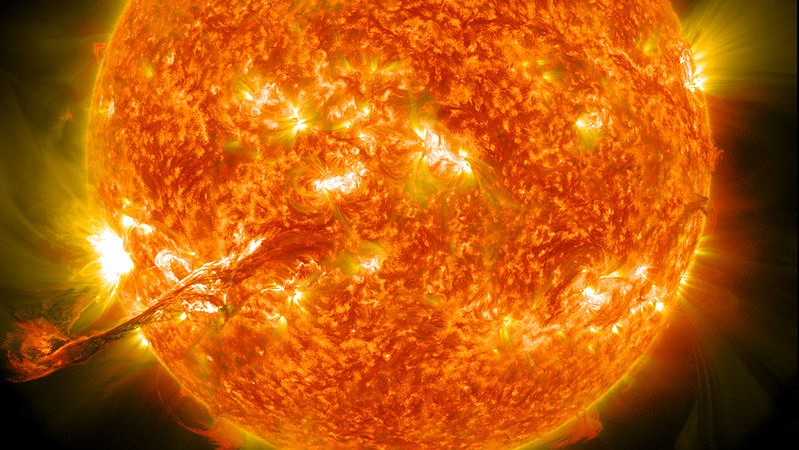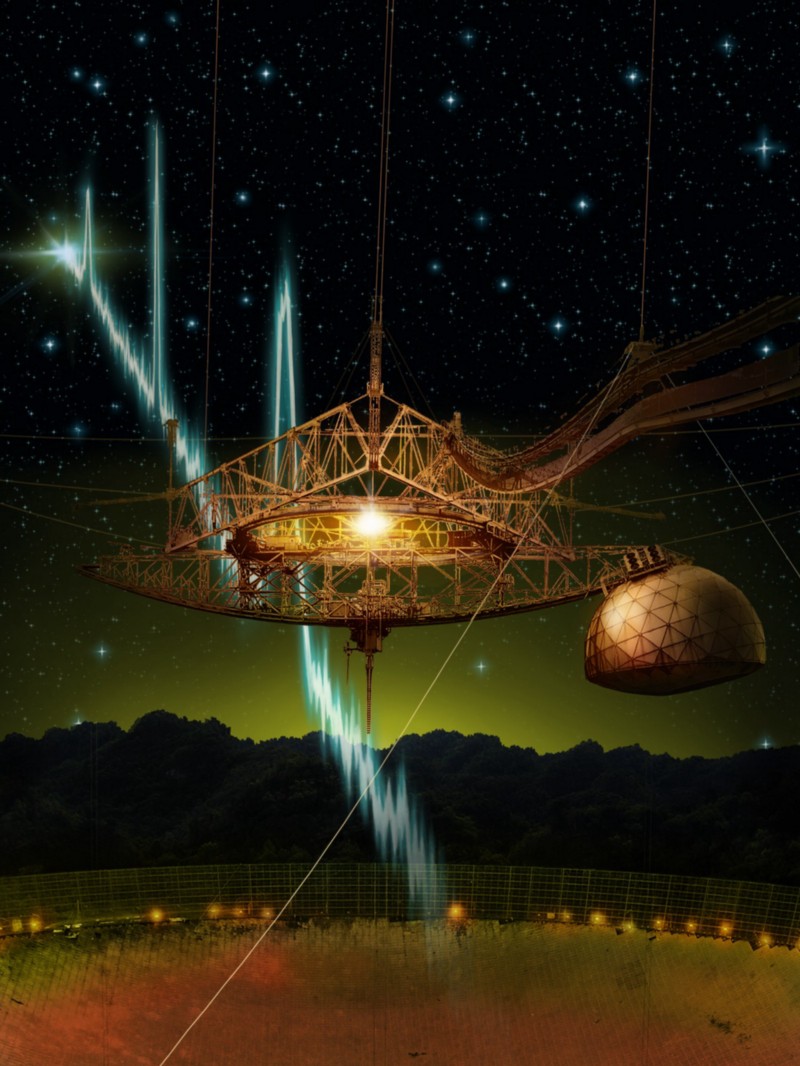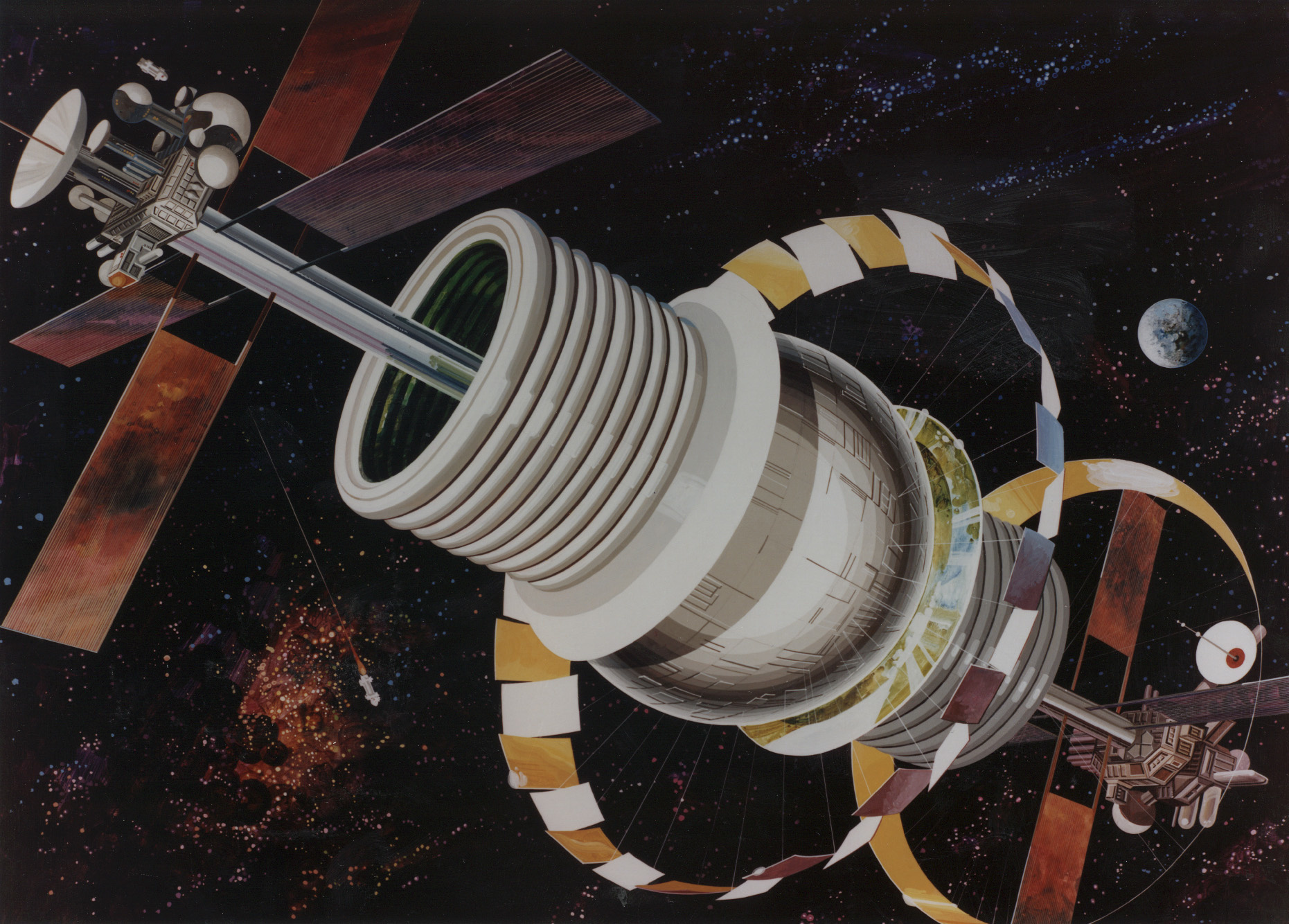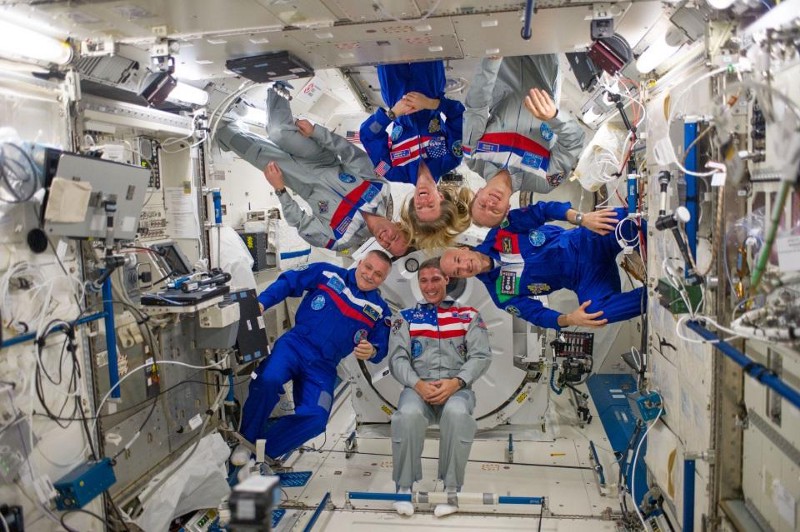Shields Up! Practical Force Fields Are In the Works
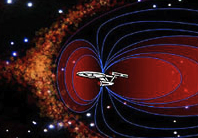
I am not one to endorse stereotypes based on ethnicity, nation or religion. Especially not the ones from the earliest Star Trek series, in which everyone in the galaxy either spoke like a Californian or with the heaviest Russian- or Scottish- inflected English that a book on accents for actors could provide. That said, what are we to make of the fact that humanity’s hopes for Trek-style deflector shields are all lodged in Great Britain?
A few days ago, researchers at the United Kingdom’s Defence Science and Technology Laboratory went public with a practical force field for tanks. The idea is to build capacitors into tank armor, so that a massive electromagnetic current can be discharged when the tank is about to be hit by, say, a Rocket Propelled Grenade. “Electric armor” built along these lines would allow for much lighter vehicles, because some of the protection they now get from heavy metal would instead be provided by magnetic repulsion—if scanning systems can be sharp and fast enough to trigger the protective pulse at the right moment.
Even if the spaceships of the future are not armed to the teeth, they will still need some sort of shields: Solar “storms” of high-energy particles are the greatest single danger to people travelling beyond the protection of the Earth’s own magnetosphere. (The Apollo astronauts were amazingly lucky not to be hit by these cosmic rays, but longer trips are in far more danger.) Never fear, a solution is in development: a “mini-magnetosphere” that spaceships can carry when they leave the Earth’s natural magnetic shield. The research is an ongoing project of the Science and Technology Facilities Council, in what appears to be an increasingly well-defended England.
